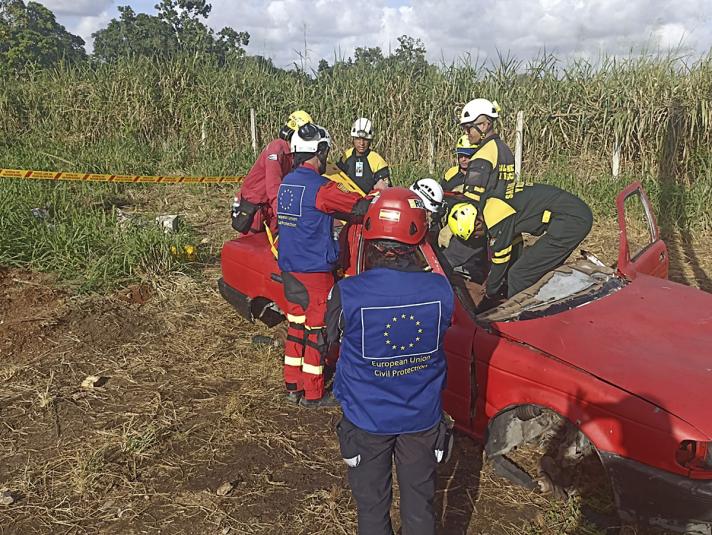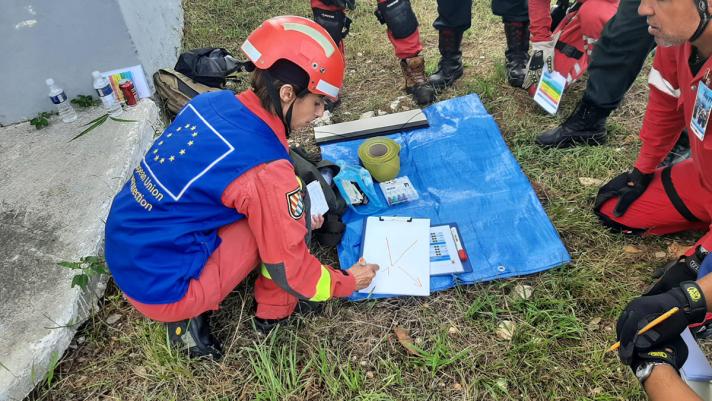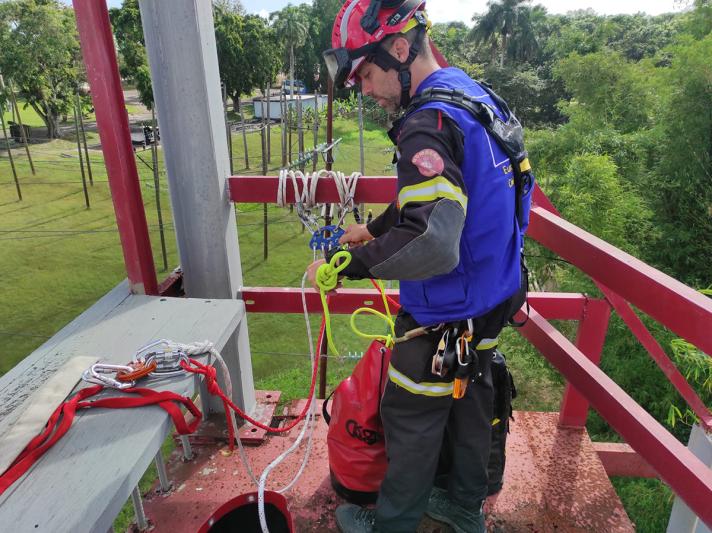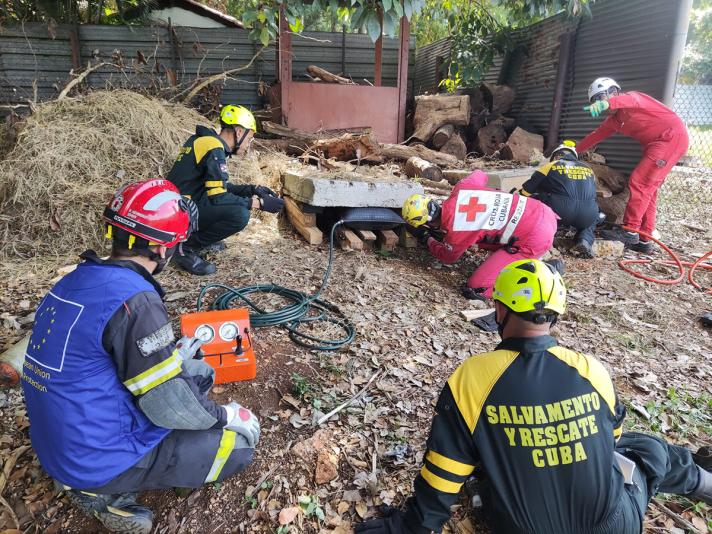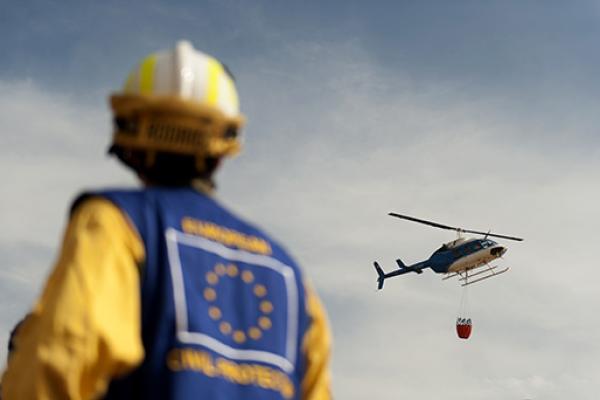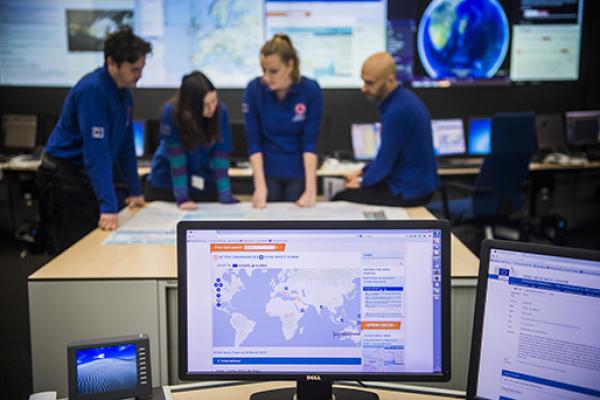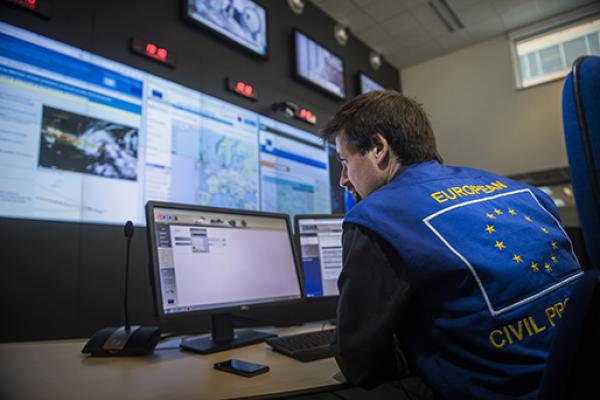In the wake of an emergency, first responders must be ready to react swiftly in aid of people affected, for example, by natural hazards.
Responders are often seen as fearless heroes risking their lives to help people. But besides bravery and a strong will to help, what does it take to make a difference when a disaster strikes? The answer is preparedness.
Following the activation of the EU Civil Protection Mechanism by the Havana authorities, the Emergency Response Coordination Centre organised the exercise “Training in disaster risk management, search and rescue of lives in collapsed structures”.
The training, which took place in Havana in November, helped share experiences, strengthen skills and provide expertise for search and rescue operations.
Havana is highly vulnerable due to the precarious state of buildings, especially in the old town centre. These buildings are subjected to sea corrosion and house up to 10 times more people than their capacity, most of which are over 60 years old.
Cuba is also prone to hurricanes, and Havana is likely to be affected by a hurricane every 6 years.
In Havana, the EU Civil Protection Mechanism brought together 30 experts involving the Cuban National Civil Defence Head Quarters, the Cuban National Fire Department, and the National Society of the Cuban Red Cross.
The training covered key topics for search and rescue operations such as victim extraction, sanitary assessment, and decontamination. It also provided theory modules on early warning systems, mapping and forest fires risk assessment.
Sharing knowledge and expertise with local authorities through such training is a priority for the EU. Thanks to these activities we can improve emergency cooperation, help save lives and reduce the impact of disasters.


